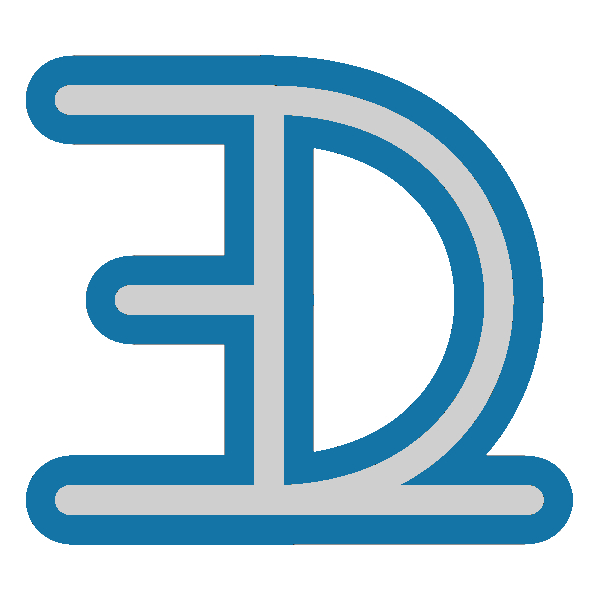Shapes coexistence in the frame of the Bohr Model
The Bohr Hamiltonian [1,2] is solved for the critical point of the shape phase transition from the spherical vibrator to the prolate rotor, using a general sextic potential [3,4]. The parameters defining the potential are constrained such that its form to manifest two degenerated minima, a spherical and a deformed one, separated by a maximum (a barrier), which coincides with the energy surface predicted for this critical point by the Interacting Boson Model [5] using coherent state functions [6,7]. Even if a large number of solutions were proposed since the critical point model called X(5) [8] was introduced, trying different potentials for this critical point [9,10], none of these solutions took into account the barrier separating the two minima. From this point of view, this study presents a special interest for the field. The eigenvalue problem is solved by diagonalizing the Hamiltonian in a basis of Bessel functions of first kind, which in turn are obtained by solving the same problem but for an infinite square well. Both energies and wave functions depend on a single free parameter defining the height of the barrier. By analyzing the density distribution probability for the states of the ground band and of the first beta band, one can understand how the shape of the nucleus is changing as the barrier is introduced and increased step by step. Doing so, new interesting results were obtained for the structure of the states in this critical point, as shape mixing and coexistence, properties which were not visible in the absence of the barrier.
1. A. Bohr, Mat. Fys. Medd. K. Dan. Vidensk. Selsk. 26 (1952) No. 14.
2. A. Bohr and B. R. Mottelson, Mat. Fys. Medd. K. Dan. Vidensk. Selsk. 27 (1953) No. 16.
3. R. Budaca, P. Buganu and A. I. Budaca, Phys. Lett. B 776, (2018) 26-31.
4. R. Budaca and A. I. Budaca, EPL 123, (2018) 42001.
5. F. Iachello and A. Arima, The Interacting Boson Model, Cambridge Univesity Press, Cambridge, England (1987).
6. J. H. Ginocchio and M. W. Kirson, Phys. Rev. Lett. 44 (1980) 1744.
7. A. E. L. Dieperink, O. Scholten and F. Iachello, Phys. Rev. Lett 44 (1980) 1747.
8. F. Iachello, Phys. Rev. Lett 87 (2001) 052502.
9. L. Fortunato, Eur. Phys. J. A 26 (2005) 1-30.
10. P. Buganu and L. Fortunato, J. Phys. G: Nucl. Part. Phys. 43 (2016) 093003.



